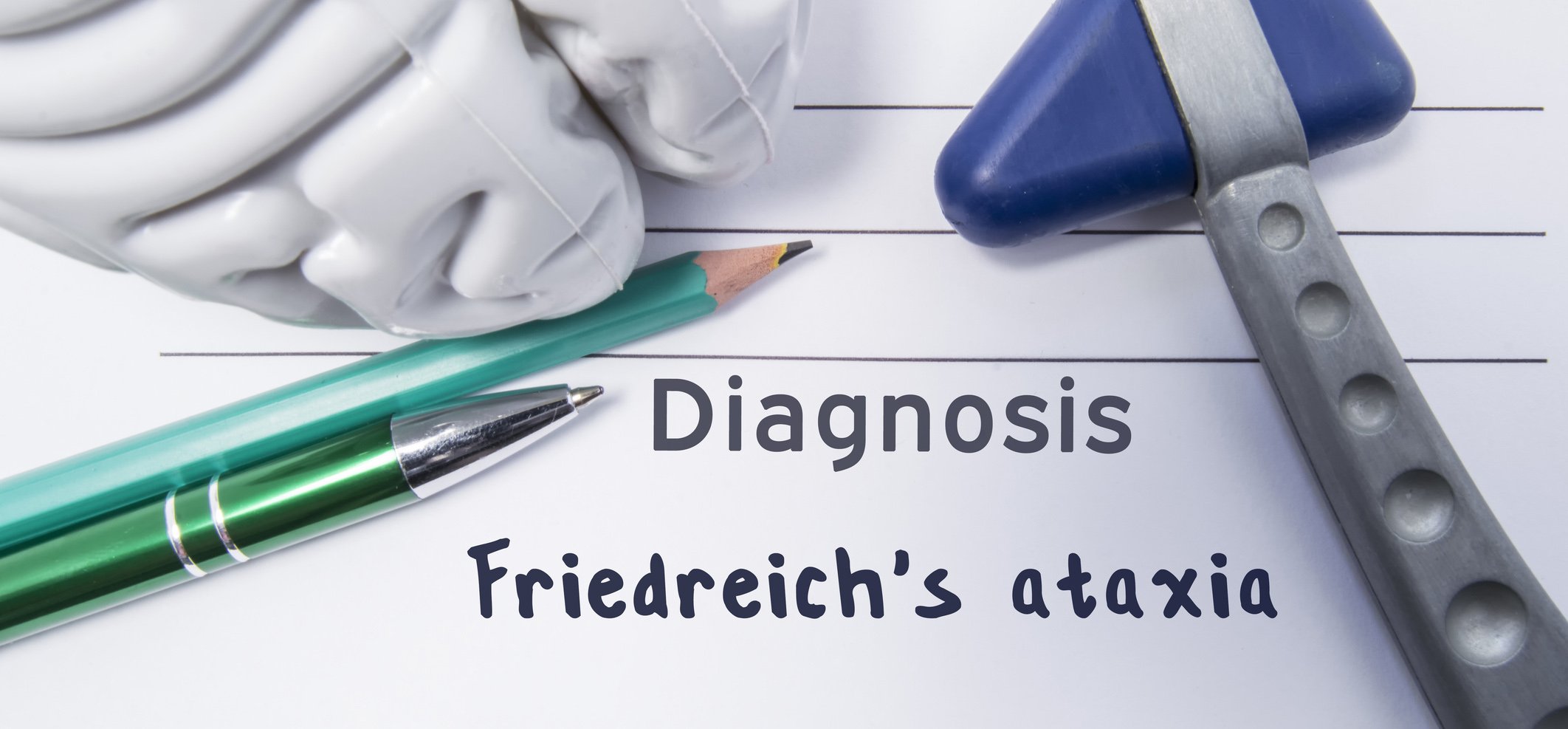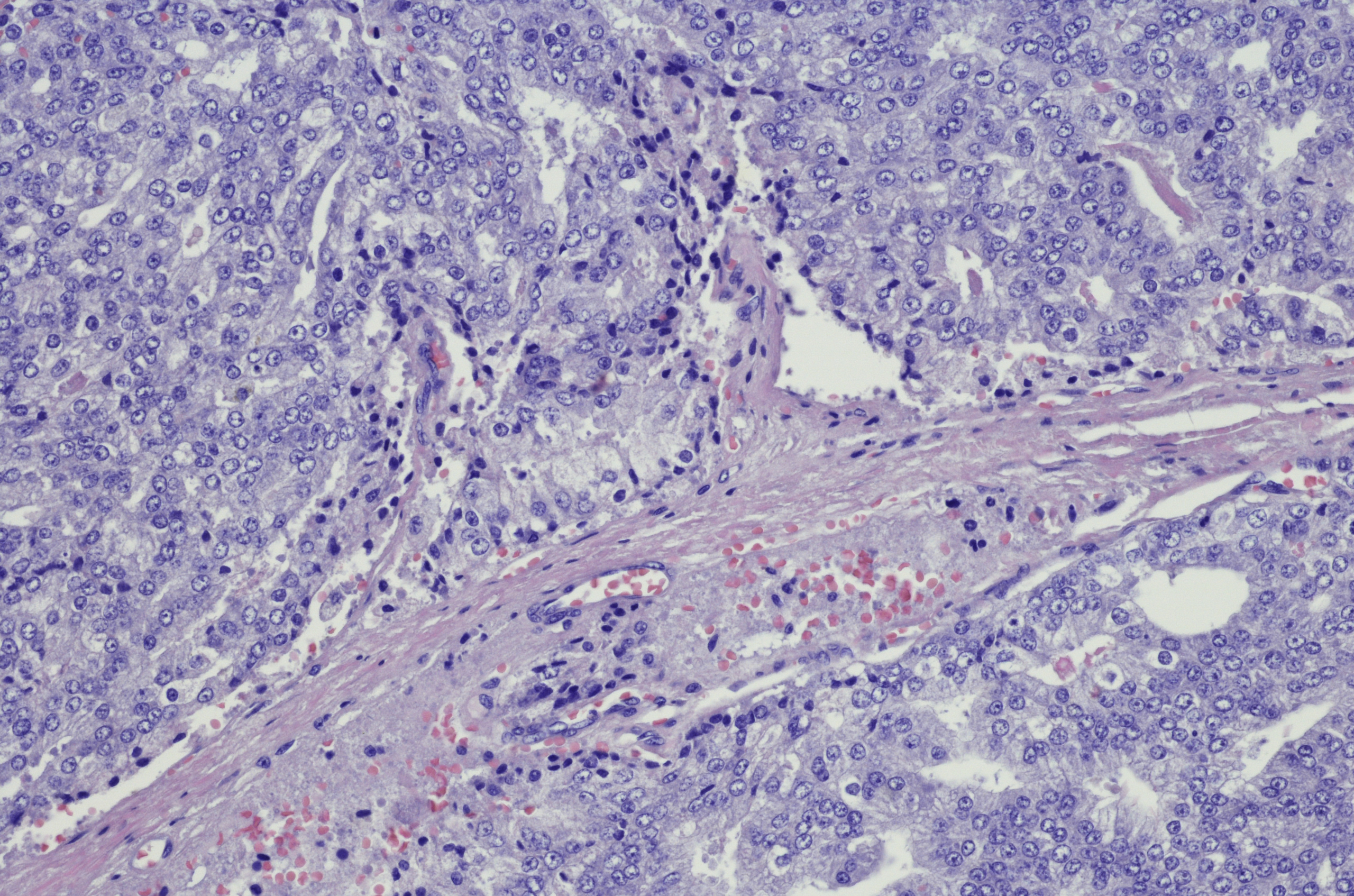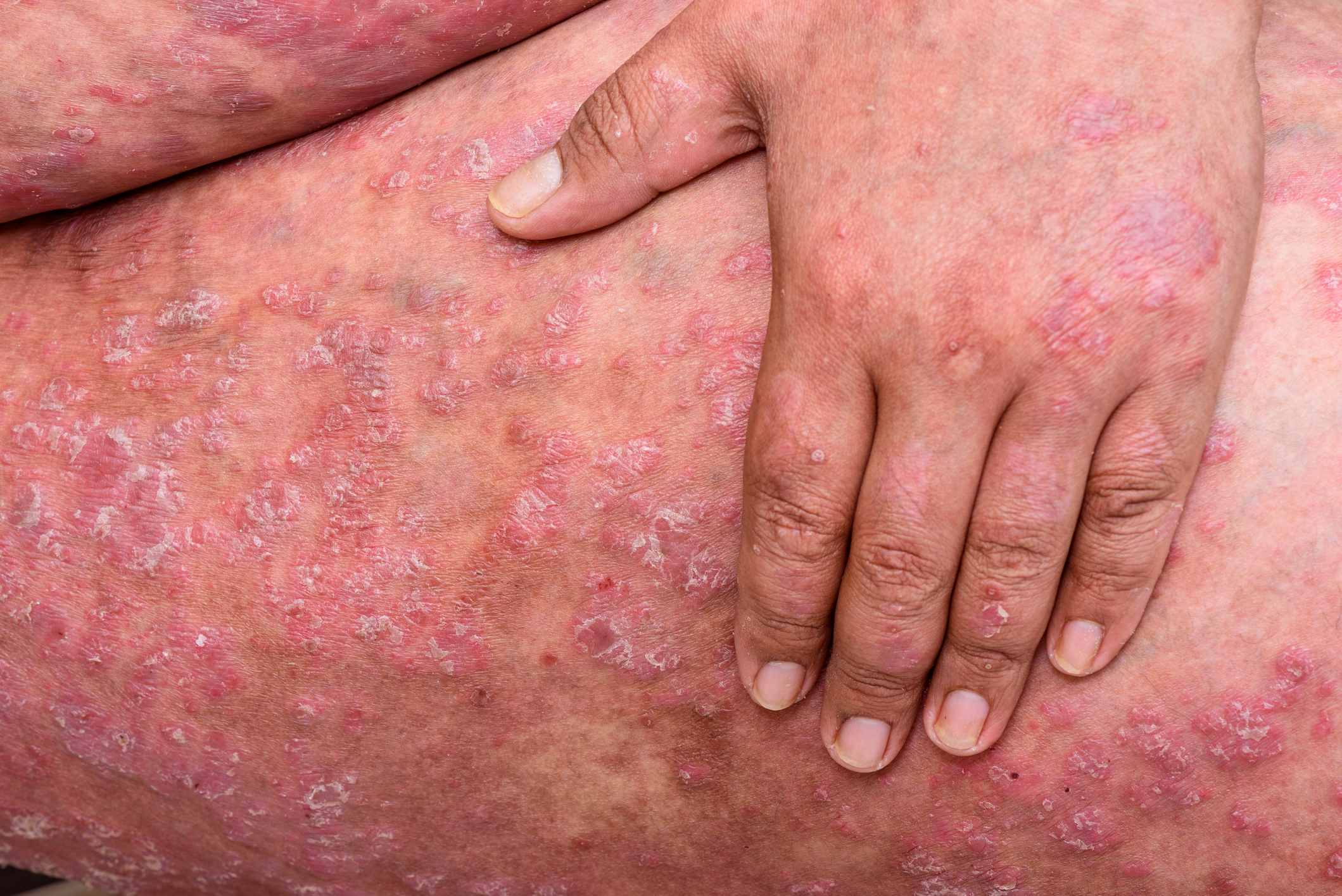The afternoon session on Thursday, February 14, 2013, focused on specific areas of cardiology at the Cardiology Update. How is perioperative myocardial infarction treated? And what is the latest evidence on closure of patent foramen ovale for stroke prevention? The risk for cardiovascular disease in HIV patients has also been discussed.
Many patients who survive a stroke do not take anticoagulation reliably: two years after the event, less than 50% of patients are anticoagulated, reported Prof. Ulf Landmesser, MD, University Hospital Zurich. In atrial fibrillation, 91% of thrombi form in the left atrial appendage (LAA). This has a very individual morphology: studies have distinguished four types with the figurative names “chicken wing”, “cactus”, “windsock” and “cauliflower” – this morphology influences the risk of stroke. To close the LAA, the “PLAATO Device” was used first, then Amplatzer Devices and the Watchman. Studies showed that after LAA closure, the actual number of strokes was lower than expected. In the “PROTECT AF” study, there were fewer strokes (but only reduction of hemorrhagic strokes) and lower mortality, but more frequent pericardial effusions (in 5% of patients). However, the side effects decrease significantly with the learning curve. A watchman that is not completely sealed does not increase the risk of stroke as long as the leak is smaller than 5 mm; for larger leaks, patients are anticoagulated again. At the moment, the “PREVAIL-Trial” is running, the results of which should be published soon.
The latest device for LAA closure is the “Amplatzer Cardiac Plug” (ACP), which consists of two parts: one closes the LAA, and the second, plate-shaped, seals the entrance to the LAA. The ACP trial showed non-inferiority for ACP in terms of effect and superiority in terms of safety. The 2012 ESC Guidelines recommend that LAA closure be considered in individuals at high risk for stroke and contraindications to anticoagulation.
Update on closure of the patent foramen ovale
Prof. Bernhard Meier, MD, Inselspital Bern, warned of the dangers that can arise from a patent foramen ovale (PFO). A PFO significantly increases the risk in venous thromboembolism and is an independent factor in mortality in patients with pulmonary embolism, for example: this is three times higher than in individuals without a PFO. A PFO is also a disadvantage when diving: divers with PFO experience more illnesses as a result of decompression accidents than divers without PFO. There is also an association between migraine and PFO and sleep apnea syndrome and PFO. In a study from Bern, 25% of patients suffered from migraine before PFO closure. After the procedure, migraine improved in 85% (in 34%, migraine had even disappeared); in 9%, migraine remained unchanged; in 6%, migraine worsened. A PFO is usually diagnosed by echocardiogram, but one can also visualize the PFO in the cath lab. Prof. Meier advocated reclassifying the causes of cerebral strokes: arterial occlusion, arterial embolism, cardiac emboli, paradoxical emboli (PFO, atrial septal defect, pulmonary fistula), pulmonary vein emboli, and cryptogenic cerebral strokes.
Several studies, including “CLOSURE I,” “PC,” and “RESPECT,” showed a reduction in stroke and transient ischemic attacks (TIA) after PFO closure, although they were not significant as single studies. Outcome was better after PFO closure than after medical therapy. Potential indications for PFO closure include cerebral stroke (“Don’t wait for the second one!” emphasized Prof. Meier), TIA, embolic myocardial infarction, peripheral embolism, decompression event in divers, or altitude sickness. Prof. Meier advocated stopping antiplatelet therapy after six months following PFO closure without atherosclerosis, although neurologists do not share this view.
Cardiovascular disease in HIV infection.
Prof. Heiner C. Bucher, MD, University Hospital Basel, had good news to report: HIV patients without drug abuse on antiretroviral therapy (HAART) now have almost the same life expectancy as people without HIV infection. In the case of undetectable “viral-load”, patients can also lead a normal sex life without a condom in a stable partnership. All HIV patients should receive HAART as early as possible.
However, as a result of therapy, cholesterol and triglyceride levels increase; lipoathrophy and altered fat distribution occur. This leads to increased atherosclerosis and a higher risk of coronary heart disease (CHD). First-generation protease inhibitors and abacavir in particular increase the risk of heart attack. The more antiviral drugs patients take, the higher their CHD risk. HIV infection may further promote CHD through chronic inflammation (e.g., increased production of interleukin 6, increased CD8+ cell activation, mitochondrial dysfunction due to drugs, etc.).
Another problem is the suboptimal management of risk factors. Many HIV patients have hypertension, but only one-third are treated for it! Therefore, there are also an increasing number of HIV patients with renal insufficiency. Before prescribing a statin to a patient with HIV, it is important to understand the potential interactions. Very informative in this regard is the website www.hiv-druginterac
tions.org.
Treatment of perioperative myocardial infarction
“Myocardial infarction is the most important perioperative vascular complication,” Prof. Hans Rickli, MD, of the Cantonal Hospital of St. Gallen, introduced his talk. Risk factors for perioperative plaque rupture include hypovolemia, oxygen deprivation, and increased sympathotonic tone. An important note: 65% of patients with perioperative myocardial infarction are asymptomatic! When in doubt, the three-hour protocol applies: hs-troponin measurement at time 0 and three hours later.
The ESC guidelines do not describe the management of perioperative myocardial infarction. Therefore, the treatment should be adapted to the specific circumstances. Because the risk of bleeding is increased, fibrinolysis should not be used for reperfusion, but rather PTCA. Unfractionated heparin is recommended for anticoagulation.
Prophylactically very important is the preoperative evaluation of cardiovascular problems. In the case of elective surgery, it may be worthwhile to postpone the surgery date and optimize existing risk factors (cholesterol levels, angina pectoris, diabetes, etc.) in the time gained. In high-risk patients, beta-blockers and statins should be started three weeks before surgery. It is important to weigh the benefits and risks of surgery. Not all procedures carry the same level of risk. It is rather low, for example, in gynecological operations or operations on the eye, and highest in operations on the large and peripheral vessels.
Antithrombotic management should also be planned early. Normally, there is no need to stop prophylaxis with acetylsalicylic acid, except for neurosurgical procedures. Guidelines for perioperative management can be found at www.escardio.org.
Source: Cardiology Update 2013, Afternoon Session “Special Topics of Cardiovascular Care”, February 14, 2013, Davos.












